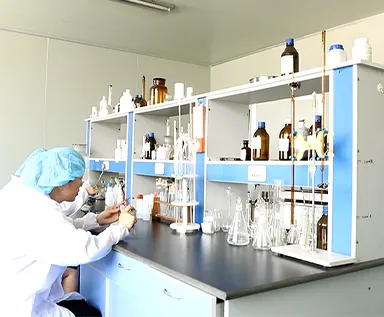https://www.wahmg.com/)">
Capillary Blood Tubes - Reliable Blood Sampling Solutions
Capillary Blood Tubes - Reliable Blood Sampling Solutions
Capillary Blood Tubes An Essential Tool in Medical Diagnostics
Capillary blood tubes play a crucial role in the field of medical diagnostics. These small, narrow tubes are designed to collect blood samples from capillaries, usually through a fingerstick or heelstick procedure, making them indispensable for various laboratory tests. The use of capillary blood tubes offers numerous advantages, particularly in point-of-care testing scenarios where rapid results are necessary.
One of the primary benefits of capillary blood tubes is their ability to minimize blood volume requirements. Traditional venous blood draws can be challenging, especially in pediatric patients, the elderly, or individuals with difficult veins. Capillary blood sampling allows for the collection of small volumes of blood, often requiring just a few drops. This not only reduces discomfort for patients but also facilitates sampling in individuals who may otherwise be hard to reach with traditional venous methods.
Moreover, these tubes are typically pre-coated with anticoagulants or additives, ensuring that the blood remains in a stable state for accurate analysis. For instance, some tubes may contain EDTA, which prevents clotting, while others may be designed for specific tests, such as glucose or cholesterol levels. The variety of available tubes enables healthcare providers to choose the most suitable option for the required analysis, ensuring precise diagnostic outcomes.
capillary blood tubes

In addition to their practical advantages, capillary blood tubes also enhance the efficiency of laboratory workflows. Their compact size means they are easy to handle and transport, making them ideal for both mobile health units and in-hospital testing. Rapid testing is particularly valuable in emergency situations where immediate results can significantly alter patient management. Capillary blood sampling allows medical professionals to quickly evaluate a patient's condition, leading to timely interventions that can save lives.
However, while capillary blood tubes are highly beneficial, it is essential to follow proper protocols for collection and handling to ensure the integrity of the samples. Factors such as the choice of puncture site, the technique used for blood collection, and the storage conditions of the tubes can all impact the test results. Therefore, healthcare providers must be thoroughly trained in these procedures to maintain the highest standards of accuracy in diagnostics.
In conclusion, capillary blood tubes represent a vital advancement in medical diagnostics, bridging the gap between patient convenience and laboratory accuracy. Their ability to facilitate easy sample collection and deliver reliable results is invaluable in various healthcare settings. As technology continues to evolve, the development of capillary blood tubes will likely further enhance their capabilities, ensuring they remain a cornerstone of efficient medical testing. As we move toward a more patient-centric approach in healthcare, these tools will play an increasingly prominent role in delivering timely and effective care.
-
Wholesale Plastic Juice Bottles with Caps 16 oz Options Available Bulk Packaging SolutionsNewsJun.10,2025
-
Laboratory Apparatus Reagent Bottle – Durable & Chemical Resistant Bottles for Safe StorageNewsJun.10,2025
-
Squeezable Dropper Bottles Durable, Leak-Proof & CustomizableNewsMay.30,2025
-
Affordable Plastic Petri Plates Sterile & Disposable Lab-GradeNewsMay.30,2025
-
Eye Dropper Caps Precision 24/410 & Plastic Bottle-Compatible TipsNewsMay.30,2025
-
Affordable Mini Spray Bottle Price & Wholesale Deals Shop NowNewsMay.29,2025





















